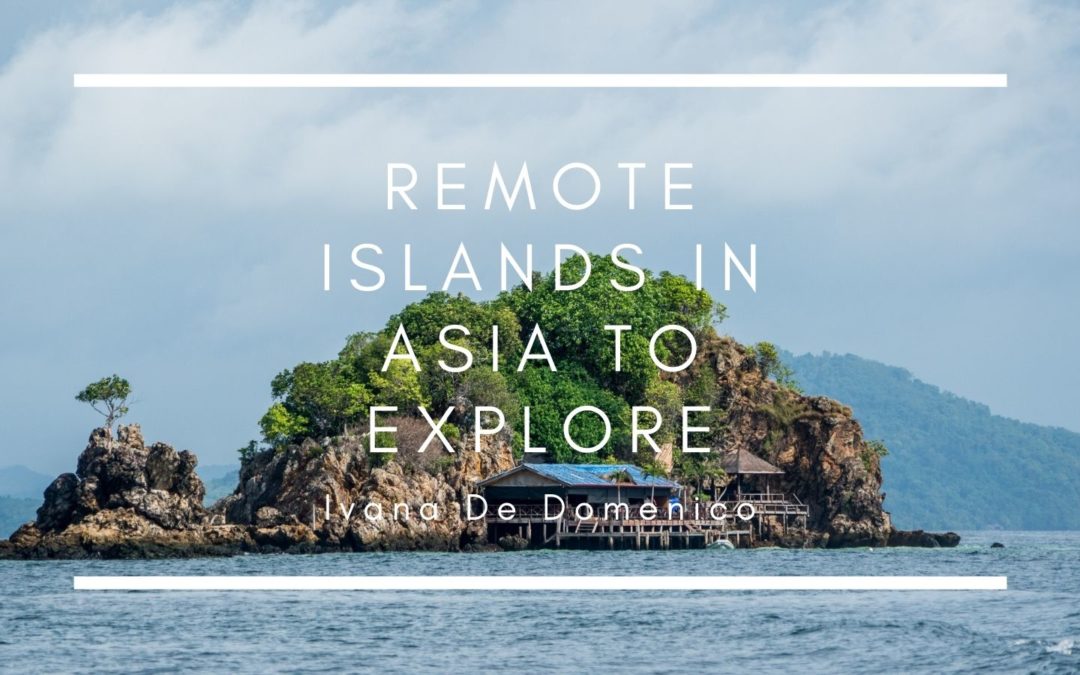The Batanes is comprised of three main islands: Batan, Sabtang, and Itbayat. Though they lie in the Philippine Sea’s tropical waters, they are not your typical tropical islands. These are more likely to be found on the coast of Ireland or Scotland. Lush green hills rise above rugged stone cliffs that are pummeled with a constant array of white caps.
This isolated island chain and rugged terrain have made the people of the land hearty and tough. However, they are also extraordinarily trusting and loyal, forging a culture wherein everyone can survive the tough typhoon seasons. They are also very open and accepting of tourists, happy to share their undiscovered paradise with those who are brave enough to visit.
Getting to the Batanes is best done via a simple 80 to 100-minute flight from Luzon; the waters are too choppy to travel by boat. The Batanes also prides itself in being one with nature, offering a wide selection of eco-friendly tours and lodgings that don’t disrupt the delicate ecosystem. The native people respect their land and offer great activities to teach tourists their long-standing practices.
The Batanes is an excellent place for nature lovers, as the mountains and surrounding terrains are great for hiking. It’s also a great place to hop in a car and drive around to see the striking landscapes and natural wonders of these hidden island gems. Be sure to book a tour because the Philippine government has restricted the number of tourists allowed each year to preserve these remote islands’ natural beauty and culture.
Islands across Asia offer a variety of different experiences and geography depending on where they are: the Seychelles islands in the Indian Ocean are a social media paradise, with crystal clear waters and smooth, white beaches; the islands of Thailand are renowned for their epic parties and mountainous terrain; Indonesia is composed of over 1,000 islands, each having its ecosystem, language, and experience.
If you’re looking for an incredible experience that is off the beaten path, the wild and remote islands of the Batanes should be your next adventure. This cluster of islands is in the Philippines’ northernmost region, closer to Taipei than Manila.
